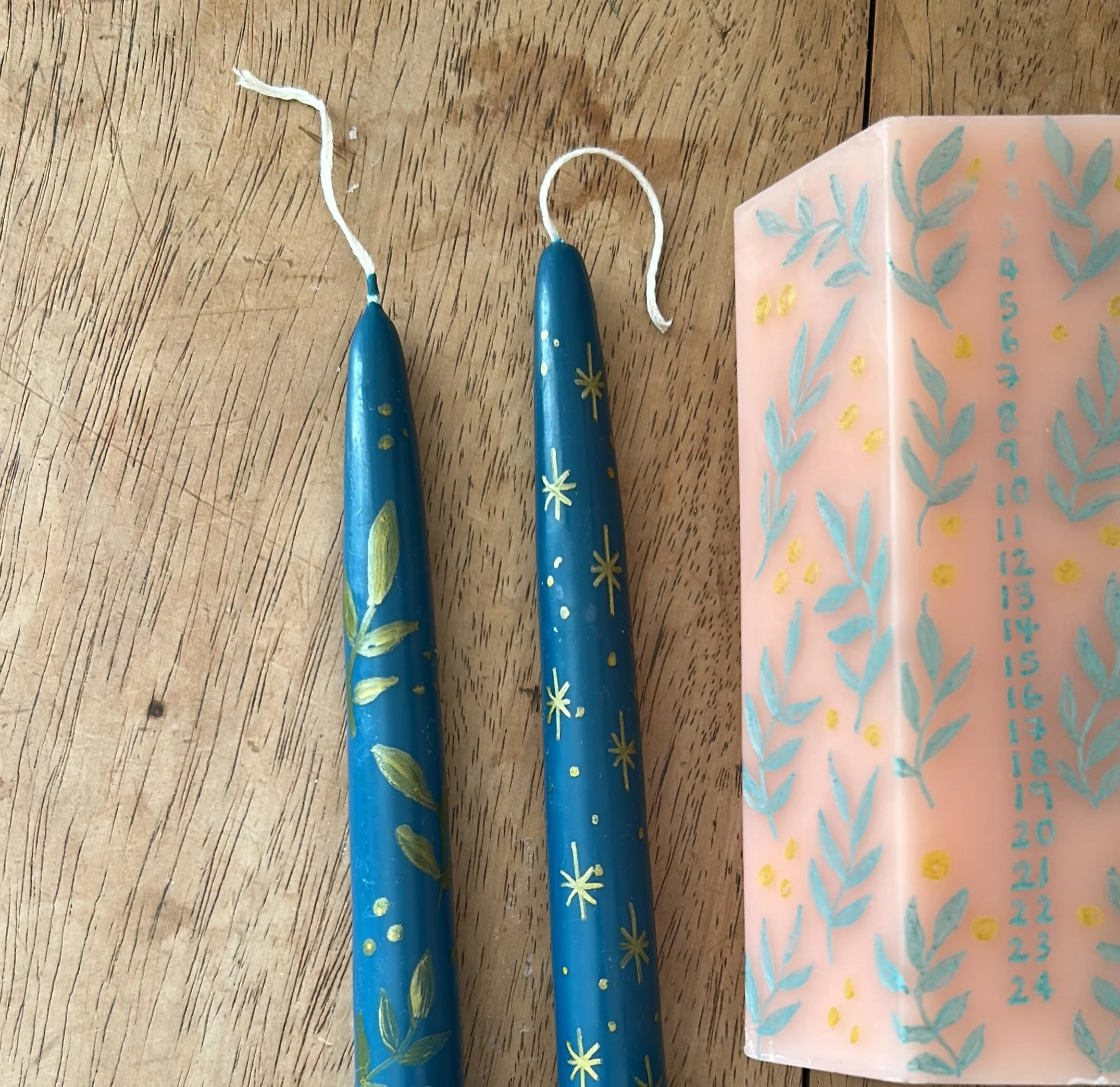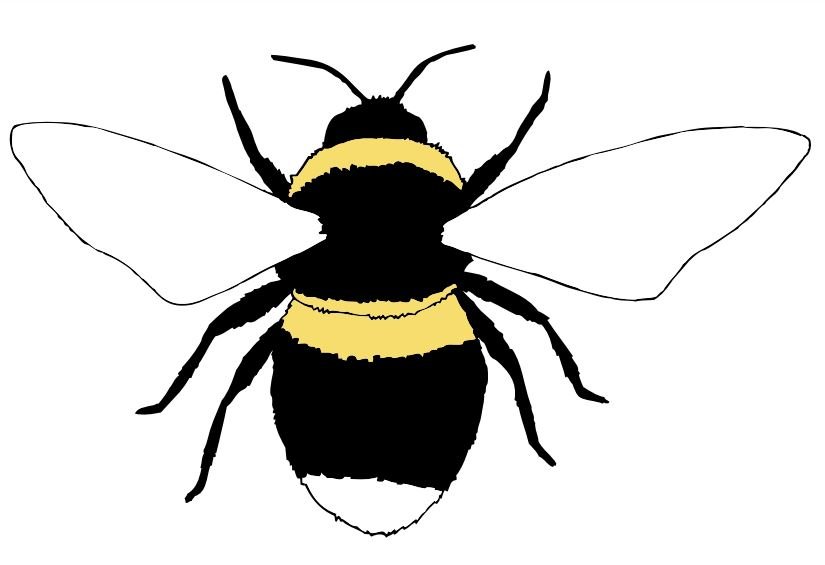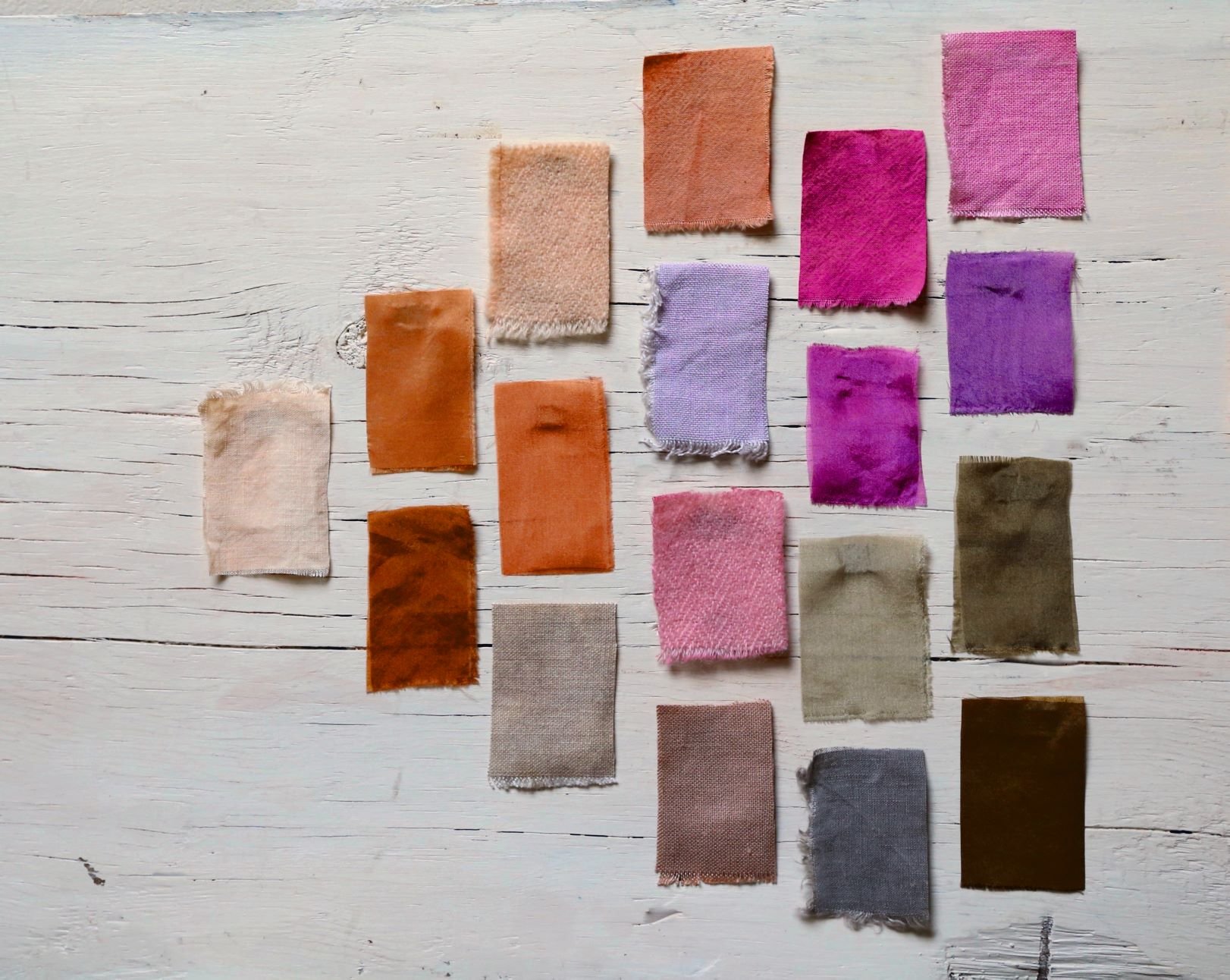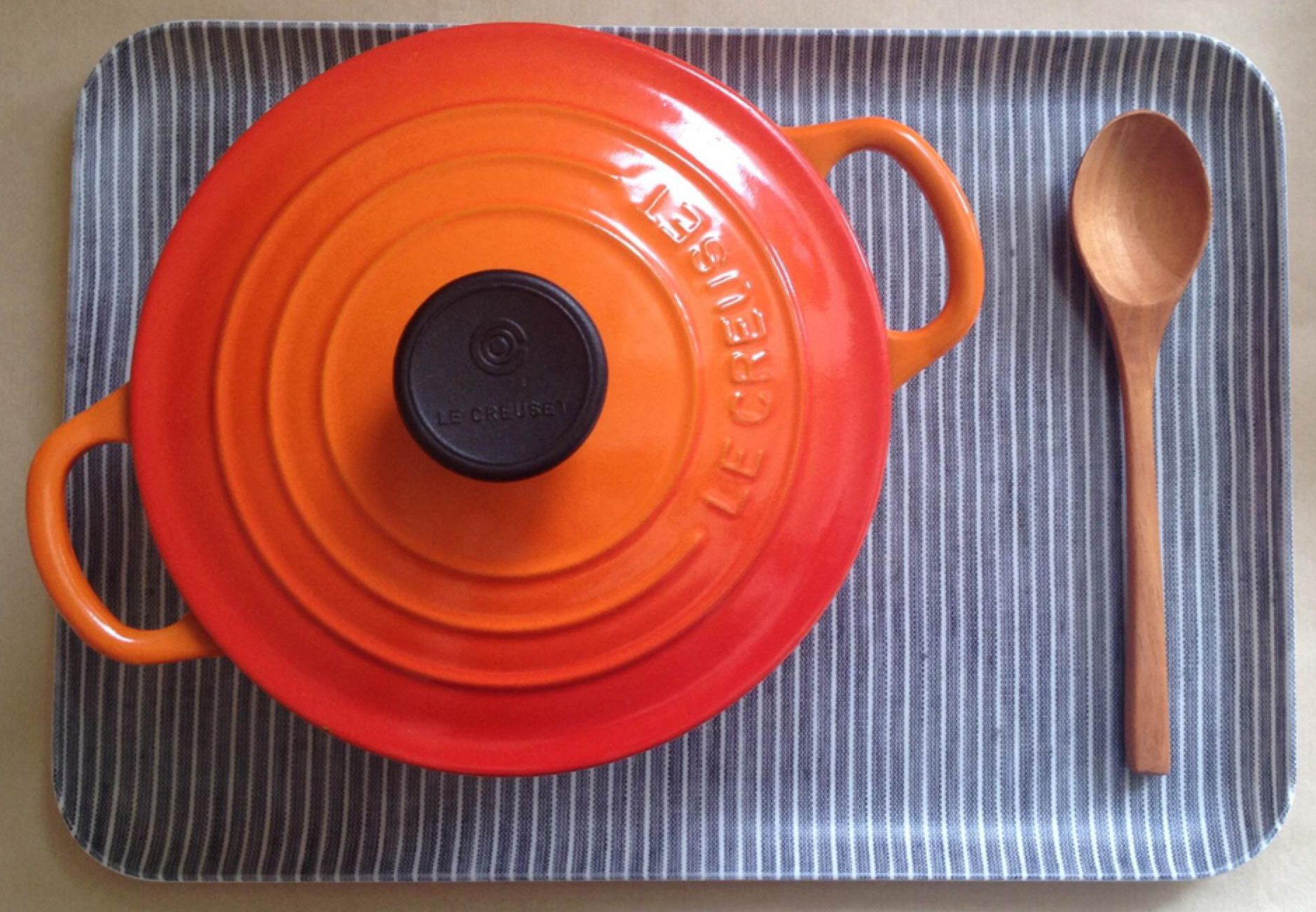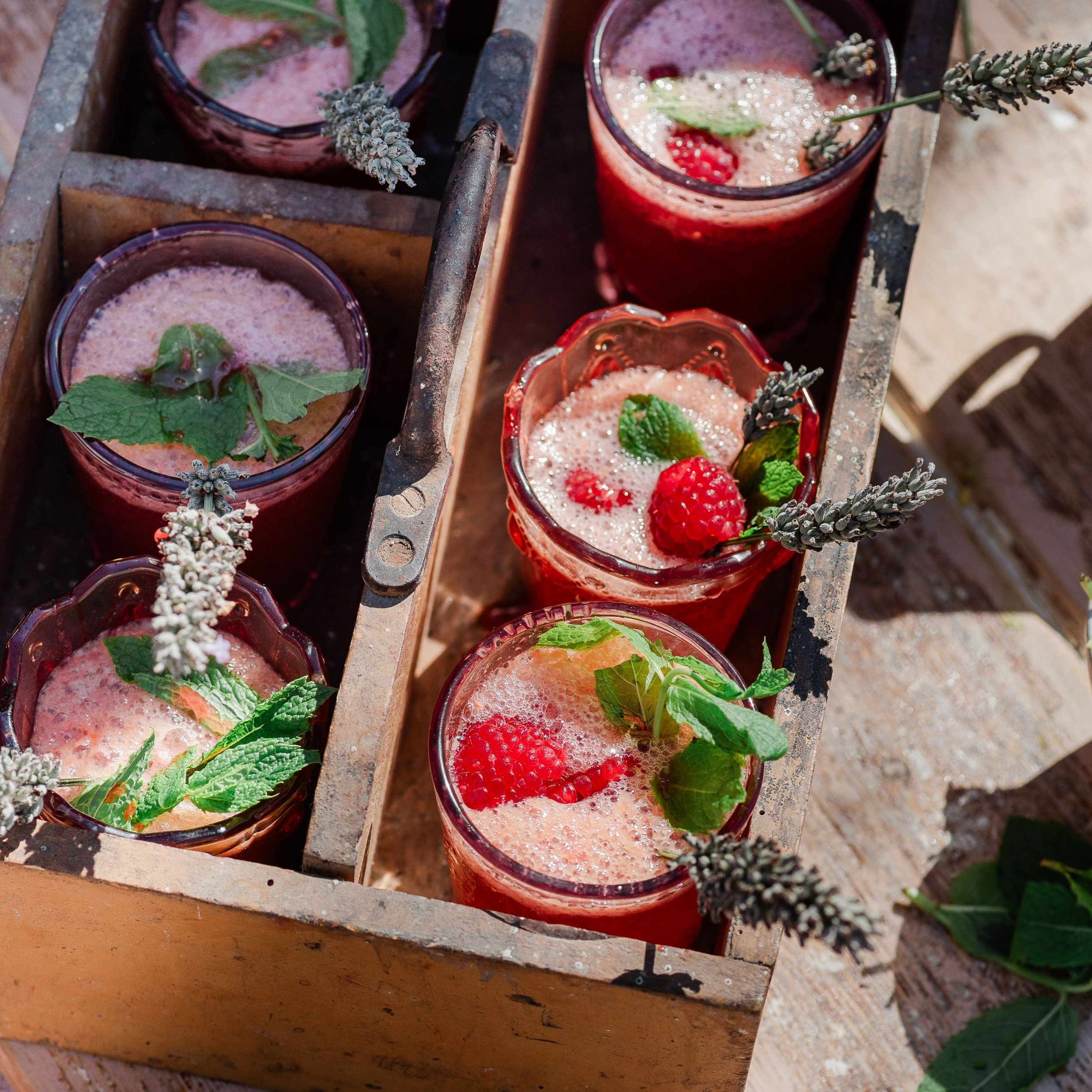How did Archimedes really develop his principle of displacement? Quiet at the back there. You might learn something…
Wasn’t it something about him dashing out of a bath naked, shouting “Eureka”? Sorry, but no. Happily, the unembellished story is almost as exciting and you can feel incredibly smug the next time someone tells the ‘Eureka’ story by correcting them gently. Here’s what really happened.
It all began when the rather suspicious-minded King Heiron II of Syracuse commissioned a crown to be made from pure gold. Characteristically, when the crown arrived, the King decided that he may have been tricked and perhaps the crown-maker had used some silver in there to make it cheaper. The King asked Archimedes to work out the truth of the matter.
Archimedes took a mass of silver and a mass of gold, each equal in weight to that of the crown. We wish we had masses of gold and silver just hanging about the house but that’s not for here… He filled a bowl of water to the brim, put the silver mass in and measured the water displaced by it. He then repeated this with the gold. He found that the gold displaced less water than the silver, meaning the silver must be heavier.
Next, like Poirot wrapping up an investigation, he refilled the water and put the crown in it. The crown displaced more water than the mass of gold did and the little grey cells immediately deduced that the crown must therefore contain silver as well as gold. “Eureka!”, he almost certainly did not say.
If you feel like a lovely big bath is missing from this story, you might instead enjoy our ‘My Place’ feature from April, which this month features spaces in which you can enjoy a soak in the tub. We particularly fancied a soak in the bath above, which belongs to @honeyjoyhome.
Buy this month's The Simple Things - buy, download or subscribe





